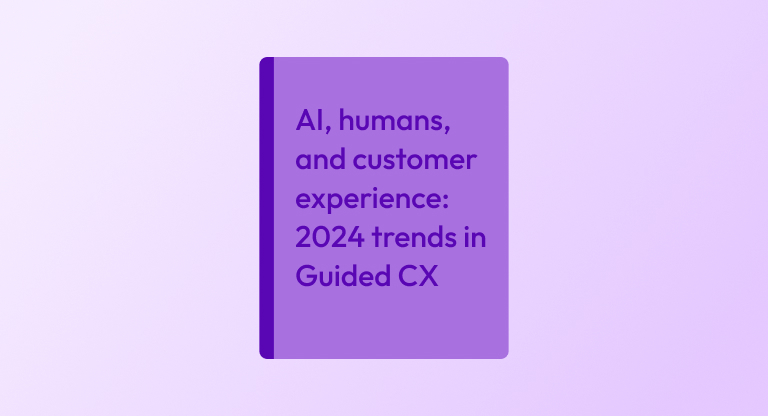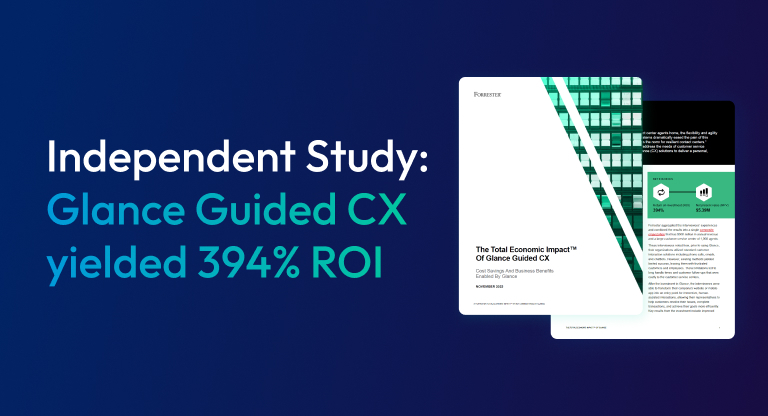Why NPS isn’t everything, and what really matters
Net Promoter Score (NPS) is an essential customer experience metric based on one simple question: On a scale of 0-10, how likely are you to recommend our company?
NPS is often seen as the “gold standard” in CX metrics. Two-thirds of the Fortune 1000 use this measurement of customer sentiment, and it’s a number many business leaders fixate on. An executive at IBM went so far as to say that it’s not just a metric and that “one could use the word ‘religion,’” she stated.
CX is the sum of all of a customer’s experiences with a brand. That’s difficult to measure, and especially difficult to distill down to one simple number. Part of the appeal of NPS is that it’s simple. And while it’s an important metric that can be extremely valuable to monitor over time, it doesn’t tell the whole CX story.
Keep reading to learn why NPS matters, how reliable this CX metric is, and what actually matters most for improving CX.
Why NPS matters
NPS is used by all types of businesses to measure customer satisfaction. This simple metric categorizes your customers based on how likely they are to recommend your business. You can learn more about how NPS is captured and calculated in this post.
NPS is valuable because it provides a snapshot of your customers’ intentions and loyalty to your company. A customer could make repeat purchases because of convenience or lack of options, and not because they’re necessarily satisfied and loyal to your company. However, if they’re likely to recommend your business to a friend, they’re putting their reputation on the line — which says a lot about their feelings toward your brand.
Read: A 5-step action plan to lift your customer satisfaction
Is NPS reliable?
When NPS was first introduced in 2003 by Fred Reichhold, he advised managers that NPS was “the one number you need to grow” to increase sales.
Is that true?
The evidence is unclear. Several studies have shown a positive relationship between NPS and customers’ intentions and behavior, so clearly NPS is valuable. However, research on the impact of NPS on sales growth is limited and has mixed results.
Read: Why you might be wasting your CX metrics (and what to do instead)
Critics of NPS point out methodological issues in the calculation of the NPS metric and its inability to account for cultural variance. There are also a lot of variables to consider: When are you asking customers the question? Are you asking only current customers, or are you also including all prospective customers too? Research suggests that including not only current customers, but also prospects, can provide a more accurate predictor of future sales growth because it captures the entire customer journey.
NPS is valuable, there’s no question about that. But there are a lot of factors that can influence its reliability, and it may not be the most reliable metric to predict future sales growth as previously thought.
Download the infographic: The Value of CX Metrics
When NPS isn’t enough
NPS is a simple metric you can use to track progress. It distills the abstract “customer satisfaction” into an easy-to-digest number. But we know that the customer experience — and life in general — is more nuanced than that.
There are benefits to CX that can’t be measured. NPS tells the what but fails to explain the why. A number can’t tell you why customers feel the way that they do, or what changes you should make to lift your customer satisfaction. To retain and attract customers, you need to understand what they value — and no single metric can tell you that.
Consider your relationship with a close friend or family member. You’ve had a lot of shared life experiences — good and bad. You’ve both evolved over time and your relationship has likely been stronger in some areas and weaker in others at various points … because you’re both humans and having a very human experience. Could you sum up that relationship in one number? Would one number accurately reflect your whole relationship journey? No. It’s complex and nuanced.
Your customers’ relationship with your brand is also nuanced. So while measurements like NPS and CSAT are important to measure, it’s also important to remember that customers are humans, and humans are complex. We all want to improve customer satisfaction and see that NPS score go up. But let’s not get so obsessed with the number that we forget what actually makes an impact on the business more than anything else: human connection.
Researchers, analysts, and CX professionals can debate the reliability and validity of NPS until the cows come home, but there’s a truth that’s undeniable: authentic, human connection is valuable. Investing in that connection can only help your business thrive.
Personal connection powers real results (and higher NPS scores, too)
Glance’s Guided CX technology delivers engaging, human-to-human guidance when your customers need it most. Our visual engagement tools empower service agents to solve issues faster, for sky-high customer satisfaction that creates new upselling opportunities. Oh, and it’s raised NPS levels for clients across multiple industries.
Want to explore the many ways Glance can transform your customer experience? Request a live demo to learn more.
And don’t forget to download the infographic, The Value of CX Metrics, to learn how to leverage the power of CX analytics and improve customer satisfaction.





